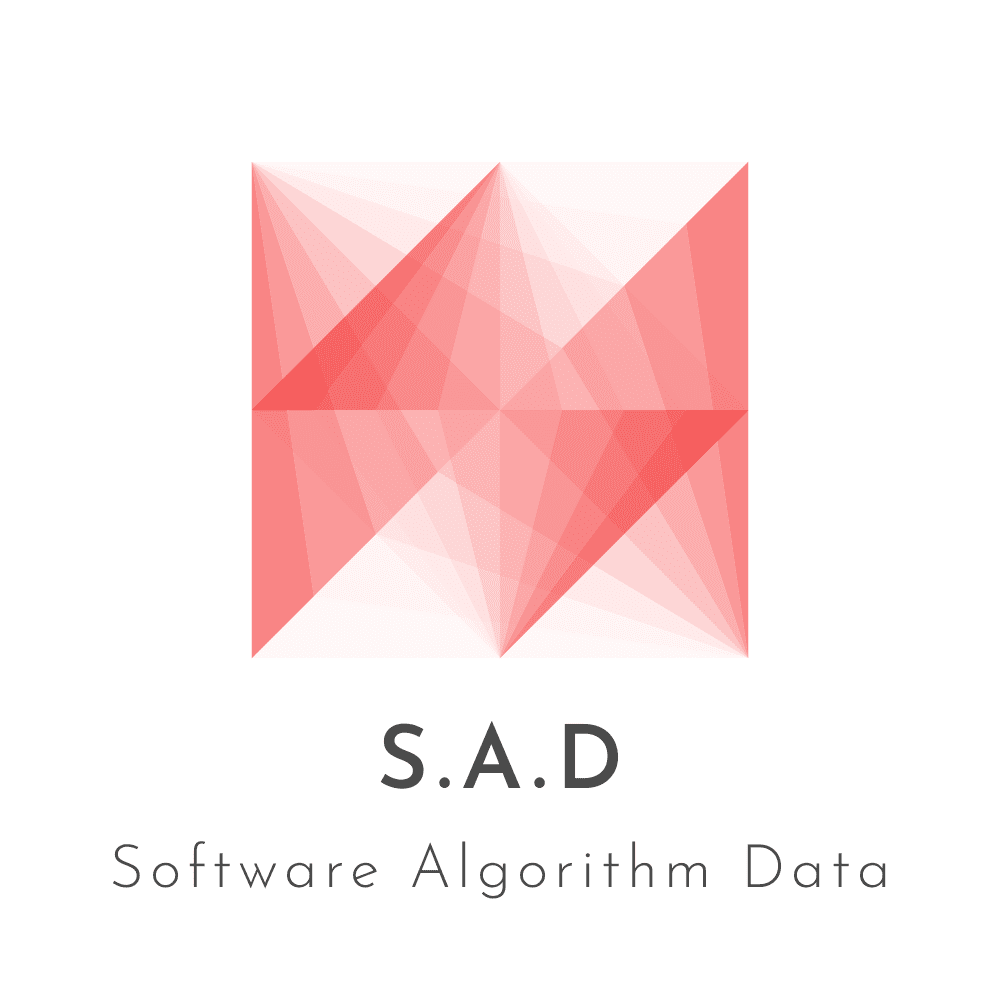Dear Readers,
As we bid farewell to 2023 with this final edition of the S.A.D newsletter, I want to express my gratitude for your continued subscription and support. The journey through the realms of software, data, and algorithms has been nothing short of exhilarating, and I am eager to bring more multidisciplinary insights to your inbox in 2024.
In the echo of AI hype, LLM, and chatGPT that defined 2023, it’s important to acknowledge the subtle shifts and overlooked topics that did not get enough attention. As always, our lens is focused on understanding the “digital” realm within the broader tapestry of social, economic, and political landscapes.

God’s Face
A fascinating Wired article delves into the significance of the Taiwan Semiconductor Manufacturing Company (TSMC) — “I Saw the Face of God in a Semiconductor Factory.” Author Virginia Heffernan explores the company’s operations and the astounding precision of its manufacturing methods, likening it to a “mysterious wonder-of-the-world.” She highlights TSMC’s capacity to unveil the complex workings of nature by drawing a comparison between the company's technological strength and the idea of “God’s face.”:
The race in semiconductors is to the swift, and to the precise. Because velocity and precision are generally at odds in business—you move fast, you break things—TSMC’s workforce is legendary. If you see the manufacture of semiconductors as nothing but factory work, you might slag the project as monotonous or, more callously, “on the spectrum.” But the nanoscale work of chipmaking is monotone only if your ears aren’t sharp enough to hear the symphony.
Two qualities, Mark Liu tells me, set the TSMC scientists apart: curiosity and stamina. Religion, to my surprise, is also common. “Every scientist must believe in God,” Liu says.
AI, metrics and death
In “Any Metric Becomes a Target,” Cory Doctorow explores the pitfalls of relying too heavily on metrics to measure success. This phenomenon is on the rise, particularly with the unchecked infiltration of automation. The unsettling question emerges: what happens when automated systems begin determining life and death?
Incentives matter. In a private market, it's always more profitable to deny care than to provide it, and any metric we bolt onto that system to prevent cheating will immediately become a target. For-profit healthcare is an oxymoron, a prelude to death panels that will kill you for a nickel.
Morgenson is an incisive commentator on for-profit looting. Her recent book These Are the Plunderers: How Private Equity Runs—and Wrecks—America (co-written with Joshua Rosner) is a must-read:
My previous post briefly touched on this topic:
Silicon Valley goes to war
Several articles (Techcrunch, FT) discuss the renewed interest among venture capitalists in bringing Silicon Valley-style investment and tech development to the realm of defense. Historically, defense technology companies faced challenges in attracting venture capital due to the inherent risks and ethical concerns associated with military applications. However, recent developments indicate a shift in this landscape. Notably, Anduril, a prominent defense technology company, has secured a substantial $1.48 billion in funding and is actively acquiring other companies in the sector. This marks a noteworthy trend of venture capitalists increasingly investing in defense technology startups. Another good summary on this topic is from ICRC (International Committee of the Red Cross).
I wrote about AI and war here:
Climate crystal balls
Climate modeling always has demanded significant computing power and extensive data resources. In an insightful article by Kyle Barnes, a researcher based in New York, an intriguing question is raised: What happens to our comprehension of climate change when we introduce a “cyborg” dimension and acknowledge the inherent uncertainty? Too often, our emphasis on numerical targets tends to miss the broader context. Borrowing from Donna Haraway's concept of the cyborg, this approach offers a framework to integrate Traditional Ecological Knowledge with technical models, providing a more holistic understanding of the complex dynamics involved in climate change:
By leveraging climate models as speculations, we loosen our tendency to rely upon “hard evidence” on the wretchedness of our futures and instead argue directly for a livable future. The economic, social, political, and climatic benefits of taking action together make for a much more compelling argument for climate action than the simple technical fixes that comprise decarbonization action in most scenarios.
and
There’s room here, too, for a building of relations between these other ways of knowing and the Western paradigm of climate science. In an essay entitled Making Kin with the Machines, Oglala Lakota writer Dr. Suzanne Kite relays how Lakota ethics and ontology can be communicated through understanding wakȟáŋ, a complex term that indicates how “non-humans have spirits that do not come from us or our imaginings but from elsewhere, from a place we cannot understand.” There, she’s referring to kinship relations with AI, but Kite’s writing prompts me to wonder about the possibilities for an Indigenous-led climate modeling. What would it mean to make kin with climate models? It’s not entirely my question to answer, but by engaging a cyborg climate science, we can begin to interweave TEK with the terabytes of climate science data.
Computing and Blood
This note is authored by Moshe Vardi, a distinguished mathematician and computer scientist, titled Computing, You Have Blood on Your Hands! featured in the January 2024 issue of Communications of the ACM, the monthly journal of the Association for Computing Machinery.
How did we get here? How did the technology that we considered "cool" just a decade ago become an assault weapon used to hurt, traumatize, and even kill vulnerable people? Looking back at my past columns, one can see the forewarnings. Our obsession with efficiency came at the expense of resilience. In the name of efficiency, we aimed at eliminating all friction. In the name of efficiency, it became desirable to move fast and break things, and we allowed the technology industry to become dominated by a very small number of mega corporations.
It is time for all computing professionals to accept responsibility for computing's current state. To use Star Wars metaphors, we once considered computing as the "Rebels," but it turns out that computing is the "Empire." Admitting we have a problem is a necessary first step toward addressing the problems computing has created.
Despite the negative and critical aspect of this newsletter, my spirit remains hopeful for a brighter future in 2024. Here’s to embracing a happy and positive journey into 2024!








I’ll take Star Wars analogies any time. “To use Star Wars metaphors, we once considered computing as the "Rebels," but it turns out that computing is the "Empire."